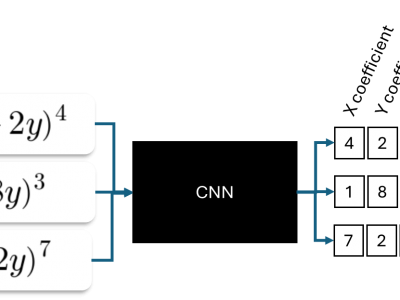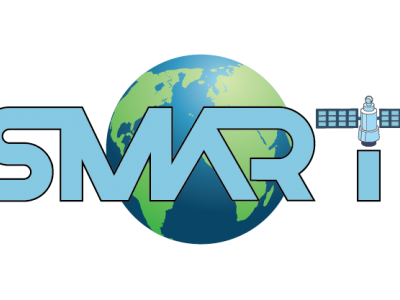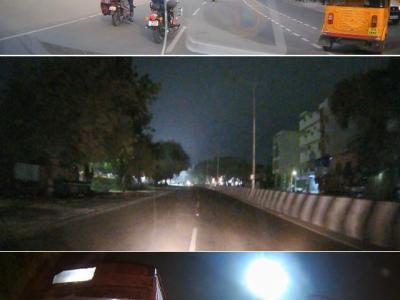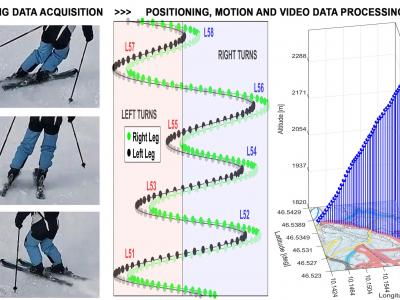Artificial Intelligence

This is a subset of the original GDB-9-Ex_EOM-CCSD dataset at https://doi.org/10.13139/OLCF/2318313. It consists of 100 randomly selected molecules from the original dataset that consists of 80,593 molecules. This dataset contains data-intensive quantum chemical electronic structure calculations for organic molecules of the GDB-9-Ex dataset. Calculations were performed using the Equation of Motion Coupled Cluster (EOM-CCSD) first principles method using the ORCA software.
- Categories:
 44 Views
44 Views
This is a subset of the original GDB-9-Ex_TD-DFT-PBE0 dataset at https://doi.org/10.13139/OLCF/2318314. It consists of 100 randomly selected molecules from the original dataset that consists of 96,766 molecules. The dataset contains data-intensive quantum chemical electronic structure calculations for organic molecules of the GDB-9-Ex dataset. Calculations were performed using the Time Dependent Density Functional Theory (TDDFT) first principles method using the ORCA software.
- Categories:
 48 Views
48 Views
The Smart Home Device Dataset consists of 5000 samples collected at an hourly interval starting from January 2022, representing consumer electronics and IoT-enabled devices in a home automation environment. Each entry is associated with a unique device ID, ensuring identification of distinct devices. The dataset captures real-time sensor readings, including temperature variations (18°C to 30°C), power consumption levels (10W to 500W), and user activity states (Active, Idle, or Sleep), which provide contextual insights into device operation.
- Categories:
 251 Views
251 ViewsThe IARPA Space-Based Machine Automated Recognition Technique (SMART) program was one of the first large-scale research program to advance the state of the art for automatically detecting, characterizing, and monitoring large-scale anthropogenic activity in global scale, multi-source, heterogeneous satellite imagery. The program leveraged and advanced the latest techniques in artificial intelligence (AI), computer vision (CV), and machine learning (ML) applied to geospatial applications.
- Categories:
 162 Views
162 Views
This project contains data from four datasets used in the experiments of the paper: LIS, ExDark, ACDC, and DarkFace.
- Categories:
 13 Views
13 ViewsThe Dash Cam Video Dataset is a comprehensive collection of real-world road footage captured across various Indian roads, focusing on lane conditions and traffic dynamics. Indian roads are often characterized by inconsistent lane markings, unstructured traffic flow, and frequent obstructions, making lane detection and traffic identification a challenging task for autonomous vehicle systems.
- Categories:
 443 Views
443 Views
Bananas are widely farmed and consumed, offering essential nutrients like manganese, vitamin B6, vitamin C, and magnesium. They come in various breeds with distinct visual traits, including size, shape, color, texture, and skin patterns. To classify these varieties, five deep learning models—VGG16, ResNet50, MobileNet, Inception-v3, and a customized CNN—were trained on banana images. These models enhance quality control and supply chain management by accurately identifying banana breeds.
- Categories:
 162 Views
162 ViewsThe integration of wearable sensors with artificial intelligence forms the base for analyzing physical activities through digital signal processing, numerical methods, and machine learning. Computational intelligence and communication technologies enable personalized monitoring, training, and rehabilitation, with applications in sports, neurology, and biomedicine. This paper focuses on motion analysis in alpine skiing using real accelerometric, gyroscopic, positioning, and video data to evaluate ski movement patterns.
- Categories:
 170 Views
170 Views
We construct the Thyroid Nodule Ultrasound (TNUS) dataset with thyroid nodule positions and puncture annotations, lacking in existing datasets. It supports future research in automating detection and diagnosis, enhancing diagnostic accuracy and clinical applications. The TNUS dataset is a curated collection of thyroid nodule ultrasound (US) images designed to support research in puncture position detection and nodule segmentation. It contains 4,376 images with puncture position annotations and 2,626 additional images with thyroid/nodule masks.
- Categories:
 158 Views
158 Views


